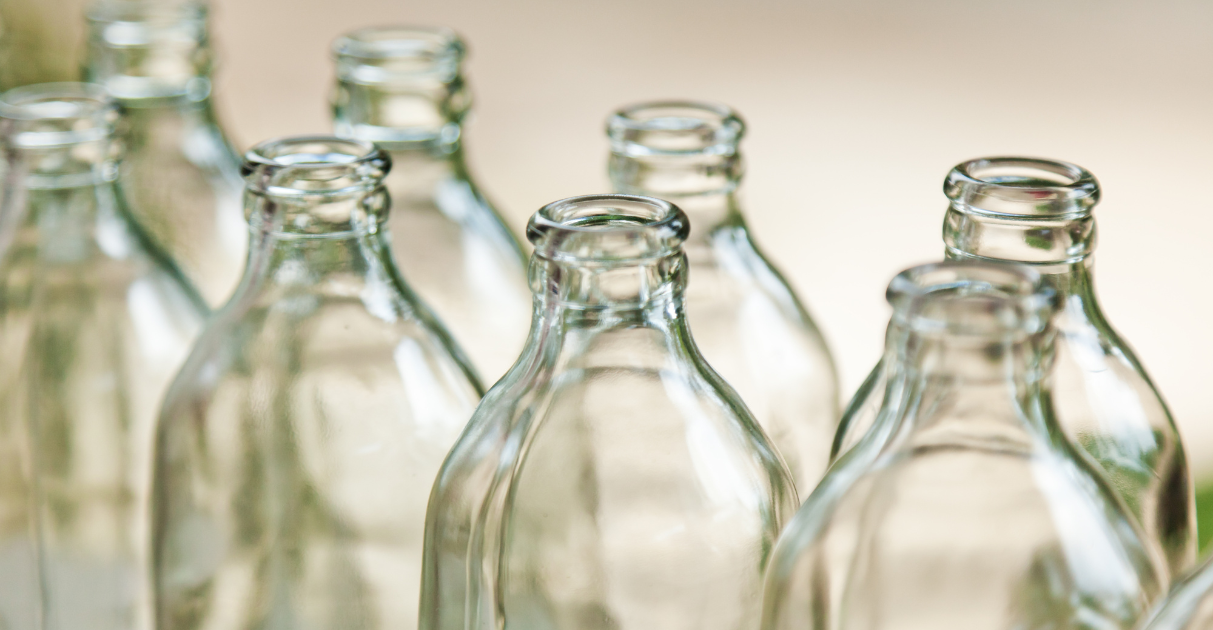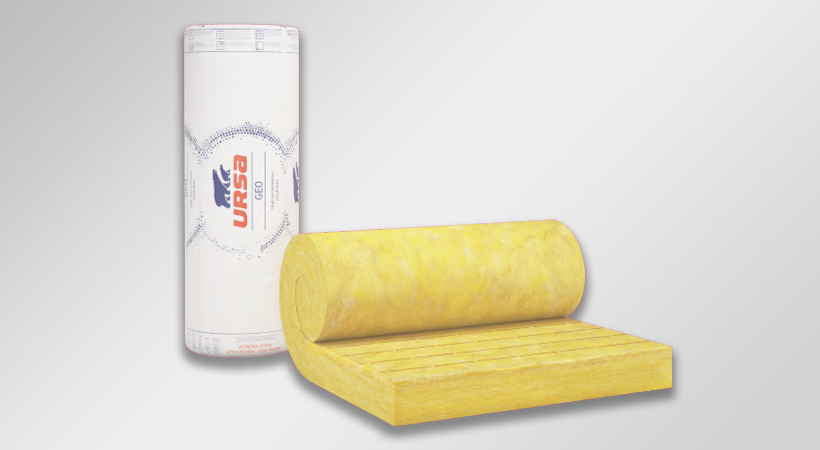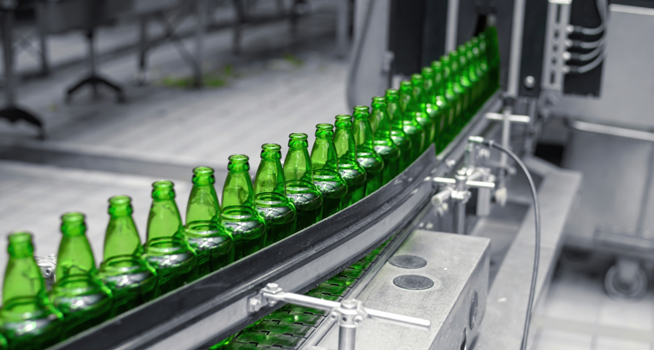A recent study released by the French National Agency for Food, Environmental, and Occupational Health and Safety (ANSES) has sparked widespread discussion in the packaging world, especially within the glass industry. The study investigated microplastic content in various beverage containers, ranging from plastic and cartons to cans and glass, across a selection of drinks including water, soda, iced tea, wine, and beer.
Clarification: The Cap, Not the Glass
Initial headlines suggested the presence of microplastics in glass bottles. However, ANSES later clarified that the microplastics originated not from the glass itself, but from the caps, specifically the painted coatings on the closures of these bottles. This distinction is vital, especially for consumers who rely on glass packaging for its health and purity benefits. Notably, water and wine bottles were found to contain fewer microplastics than beverages like cola or beer, further emphasizing the cap as the true source.
FEVE Reaffirms Glass’s Integrity
The European Container Glass Federation (FEVE) responded promptly, reiterating that the study confirmed what the industry already knows: glass is inert, safe, and chemically stable. It does not interact with the food or drink it holds, nor does it release microplastics. “The health and safety of consumers is our highest priority,” FEVE stated. The federation emphasized its commitment to work with closure manufacturers and the broader value chain to enhance packaging integrity.
A Trusted Material for the Future
As the only packaging material that is 100% and endlessly recyclable without quality loss, glass remains the benchmark for safety and sustainability in the beverage industry.
Source: Feve.org with additional information added by Glass Balkan







